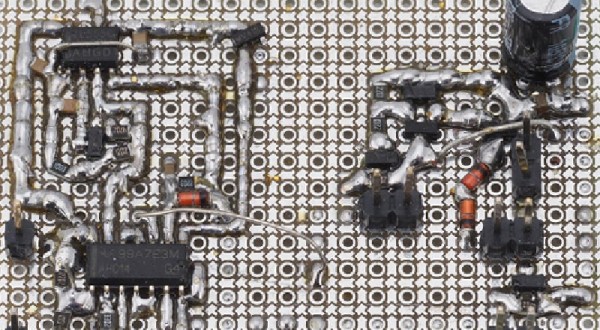When the Macintosh was released some thirty-odd years ago, to Steve Jobs’ triumphant return in the late 90s, there was one phrase to describe the simplicity of using a Mac. ‘It Just Works’. Whether this was a reference to the complete lack of games on the Mac (Marathon shoutout, tho) or a statement to the user-friendliness of the Mac, one thing is now apparent. Apple has improved the macOS to such a degree that all passwords just work. That is to say, security on the latest versions of macOS is abysmal, and every few weeks a new bug is reported.
The first such security vulnerability in macOS High Sierra was reported by [Lemi Ergin] on Twitter. Simply, anyone could login as root with an empty password after clicking the login button several times. The steps to reproduce were as simple as opening System Preferences, Clicking the lock to make changes, typing ‘root’ in the username field, and clicking the Unlock button. It should go without saying this is incredibly insecure, and although this is only a local exploit, it’s a mind-numbingly idiotic exploit. This issue was quickly fixed by Apple in the Security Update 2017-001
The most recent password flaw comes in the form of unlocking the App Store preferences that can be unlocked with any password. The steps to reproduce on macOS High Sierra are simply:
- Click on System Preferences
- Click on App Store
- Click the padlock icon
- Enter your username and any password
- Click unlock
This issue has been fixed in the beta of macOS 10.13.3, which should be released within a month. The bug does not exist in macOS Sierra version 10.12.6 or earlier.
This is the second bug in macOS in as many months where passwords just work. Or don’t work, depending on how cheeky you want to be. While these bugs have been overshadowed with recent exploits of Intel’s ME and a million blog posts on Meltdown, these are very, very serious bugs that shouldn’t have happened in the first place. And, where there are two, there’s probably more.
We don’t know what’s up with the latest version of the macOS and the password problems, but we are eagerly awaiting the Medium post from a member of the macOS team going over these issues. We hope to see that in a decade or two.



















